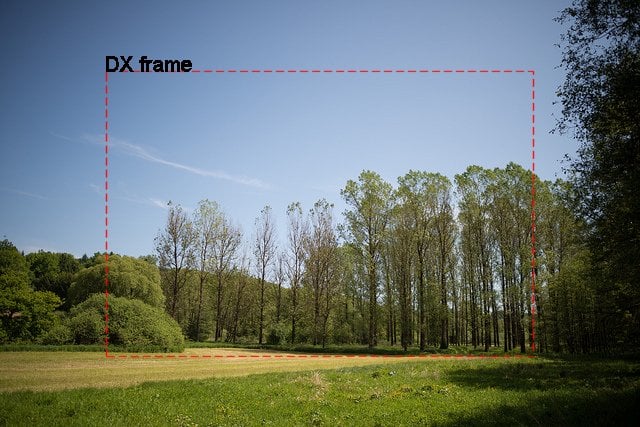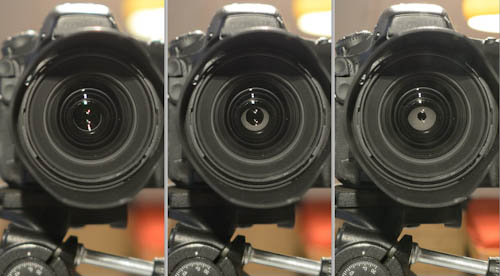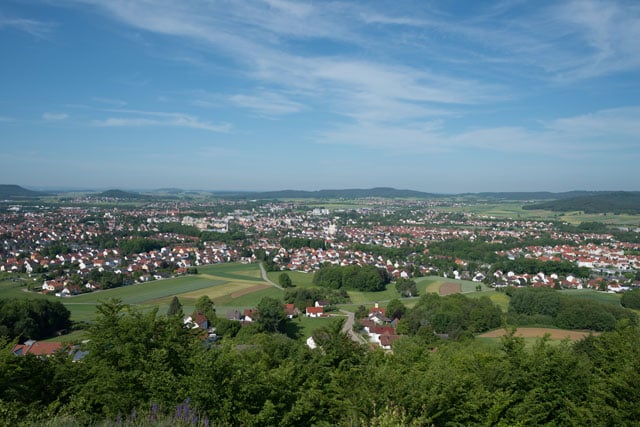Nikon 28mm f1.8G review
-
-
Written by Thomas
Quality
Testing: Longitudinal Chromatic Aberration
With large aperture primes one of the first tests I perform is for longitudinal CA (loCA, a.k.a. “axial color” or “bokeh CA”) and it normally shows some pretty nasty coloration unless you have a very expensive apochromatic lens. Prior testing showed that the amount of loCA can be quite extreme at close-up but doesn’t show too prominently at more normal shooting distances. To give you results that are more relevant to everyday photographic situations I changed my testing procedure to using the same distance as with the Siemens-star test-targets: 40x focal length – in this case 1.2m. I also switched to Adobe Standard processing to make the results more easily comparable across different camera systems – but at the cost of making these results incomparable to my older reviews.
Here’s the result for the AF-S 28/1.8G in a 100% crop at f1.8. These colorations can be eliminated quite effectively in CaptureNX or Lightroom’s latest version 4.1 but you need an additional step of post-processing.
Nikkor AF-S 28mm f/1.8G Longitudinal Chromatic Aberration (loCA) |
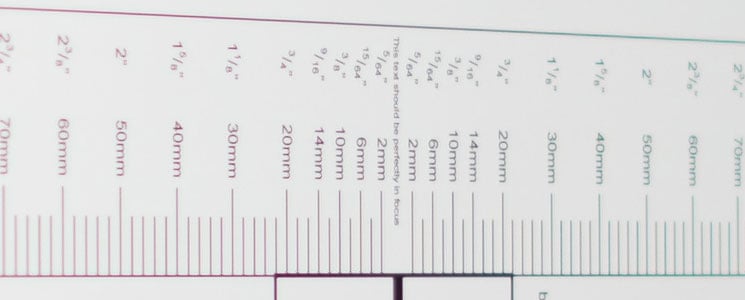 |
| 100% crop, f1.8, left=closer, right=farther away |
The effect is clearly visible but at f5.6 the greenish (background) and reddish (foreground) hues are almost gone. What you can observe too when stopping down is a pretty huge focus-shift: Subjects in the background become sharper much faster than in the foreground – the lens develops quite some back-focus. This has the effect that for optimal sharpness you have to pull focus a bit towards you or otherwise your image-quality will effectively decrease when stopping the lens down. Have a look at the concentric circles in the following 100% crops from the center of my test-target shot at constant focus (optimized for f1.8). The effect is strongest at f4.0 and f5.6.
Nikkor AF-S 28mm f/1.8G with Nikon D800 | Nikkor AF-S 28mm f/1.8G with Nikon D800 | Nikkor AF-S 28mm f/1.8G with Nikon D800 |
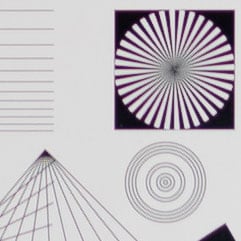 | 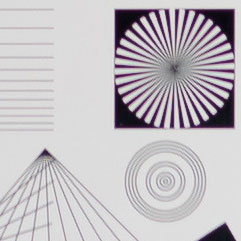 | 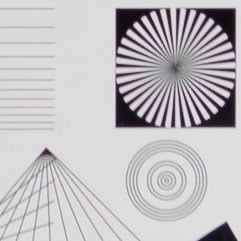 |
f2.8, 200 ISO | f4.0, 200 ISO | f5.6, 200 ISO |
I’ve never seen a similar behavior before. This poses quite a challenge for people relying on normal AF-operation because AF grabs focus at fully opened aperture (f1.8) and does not compensate for any focus shift. And if you use AF Fine-Tune for this lens you can optimize sharpness either for f1.8-f2.8 or for f4.0-f5.6 but not for both sets of apertures (from f8.0 on differences are negligible). This effect caused a lot of retesting for me and honestly is quite a disappointment: At f4.0 and f5.6 a good lens normally reaches the peak of its performance (which his indeed the case with the 28/1.8G, as we will see in the later paragraph about sharpness and contrast) and it is a major set-back for this lens to ruin its potential with a shifting focus. Of course this could just apply to my own test sample, but it’s something potential owners should be aware of.
On a positive note: Shooting trees against a glaring sky does not produce the horrible ghostlike magenta twigs that some other large aperture primes were so prone of (see following image). By the way: This is also a shot where you can see the effect of vignetting wide open as I did not correct it in post-processing. It is not too pronounced in the FX-frame and almost negligible in the DX-frame inserted here for easier comparison.
| Chromatic Aberration test: shot with Nikon Nikkor 28/1.8G on a D800 | ||||
| f1.8, 100 ISO | ||||
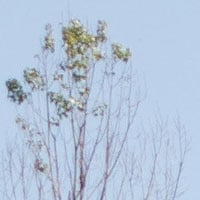 | 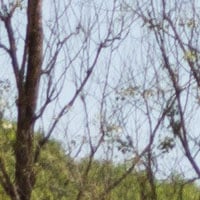 | 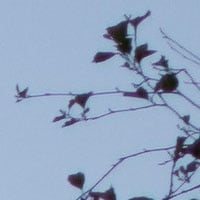 | ||
f1.8, 100 ISO | f1.8, 100 ISO | f1.8, 100 ISO | ||
Sharpness and contrast
Let’s have a look at the theoretical performance (MTF-charts) of the new lens and its smaller sibling first:
Nikkor 28mm MTF | ||
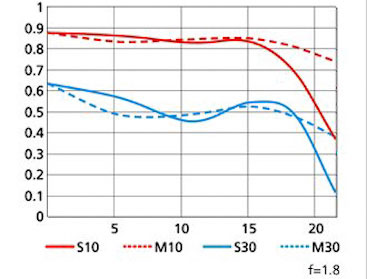 | ||
| The new Nikkor AF-S 28/1.8G | Its smaller, older sibling, the Nikkor AF 28/2.8D | |
These charts show the lens-performance at the largest aperture, in this case for f1.8 (resp. f2.8 for the older lens). Higher values are better and the closer the dotted and the continuous lines of each color are together the less astigmatism (= resolution depends on the orientation of the test-pattern) the lens has. The x-axis displays the distance from the optical axis (=center of the sensor) in mm. I’ll show you the real-life performance at 4 mm (center), 13 mm (DX-corner), and 20 mm (FX-corner) on a D800.
From the charts the new lens should perform better outside the DX image-circle than the 28/2.8D. But the new design shows some astigmatism at very fine structures (S30/M30) between 2 mm and 8 mm from the center. Let’s see how this theoretical performance translates into real life results in the sharpness test based on Siemens-stars.
What follows are near-center results (first column) followed by DX-corner results and FX-corner results on a D800. The D800 results from the DX-corner should be a very good approximation for performance on a 16MP DX sensor (like the D7000), because the pixel-pitch of both sensors are the same. But differences in the AA-filter and micro-lens-design of a D800 and a D7000 might yield different end-results.
Processing was done in Lightroom 4 from RAW at camera standard settings. This is another deviation from my former reviews which were developed in CaptureNX 2. This was triggered by a close comparison of both RAW-converters: Lightroom 4 has a sharpening algorithm that can be better tuned for small details. Noise-reduction is set to 0, sharpening to 70/0.5/36/10, with no extra tone, color, or saturation-adjustment. White-balance was adjusted to a neutral white and I did some exposure compensation to make the brightness match. CA-removal is ON. In this test focus was optimized for each aperture – which I normally don’t do. But due to the strong focus-shift there was no other way to achieve the sharpest results.
These are 100% crops!
Nikkor AF-S 28mm f/1.8G with Nikon D800 100% crop from center | Nikkor AF-S 28mm f/1.8G with Nikon D800 100% crop from DX-corner | Nikkor AF-S 28mm f/1.8G with Nikon D800 100% crop from FX-corner |
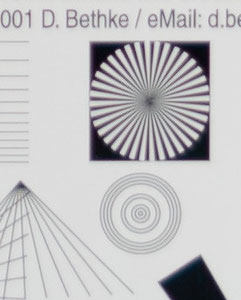 | 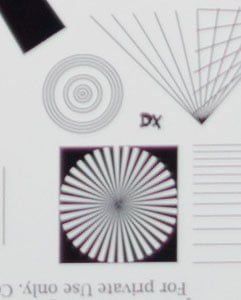 | 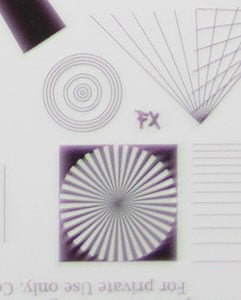 |
f1.8, 100 ISO | f1.8, 100 ISO | f1.8, 100 ISO |
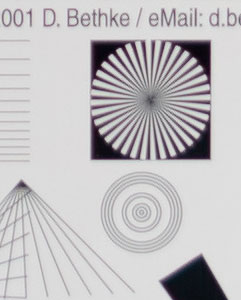 | 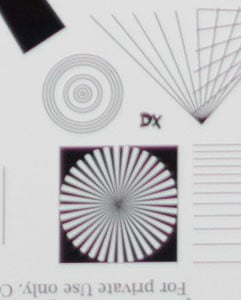 | 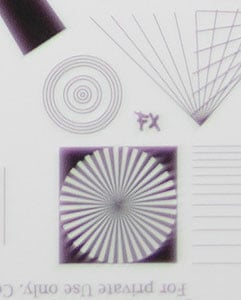 |
f2.0, 100 ISO | f2.0, 100 ISO | f2.0, 100 ISO |
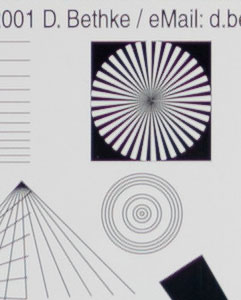 | 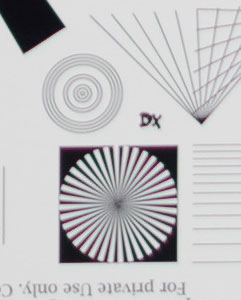 | 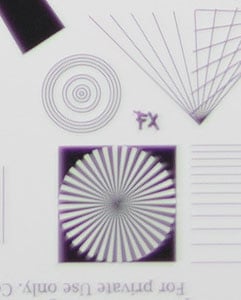 |
f2.8, 100 ISO | f2.8, 100 ISO | f2.8, 100 ISO |
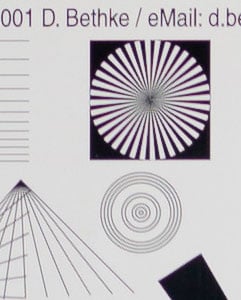 | 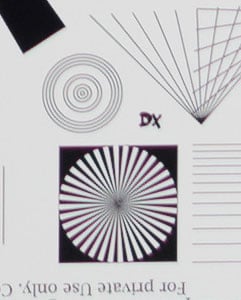 | 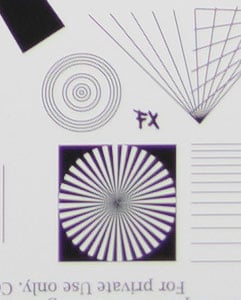 |
f4.0, 100 ISO | f4.0, 100 ISO | f4.0, 100 ISO |
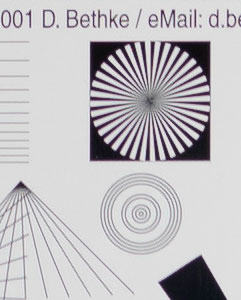 | 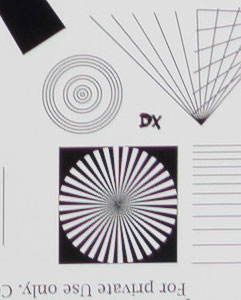 | 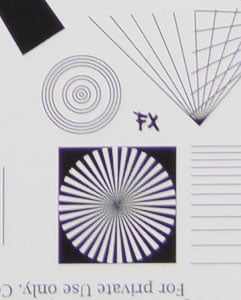 |
f5.6, 100 ISO | f5.6, 100 ISO | f5.6, 100 ISO |
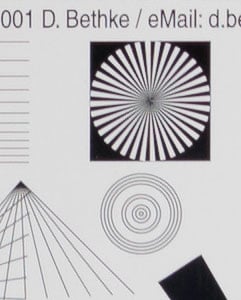 | 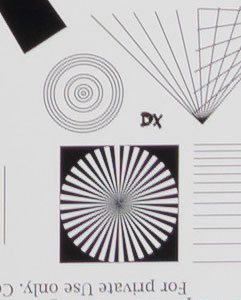 | 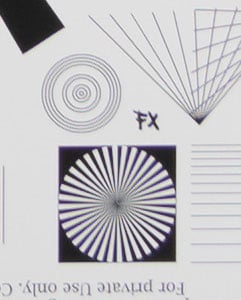 |
f8, 100 ISO | f8, 100 ISO | f8, 100 ISO |
These 100% crops directly from a 36MP D800 sensor show that this lens performs very good in the center. Even wide open center resolution is very high and astigmatism is not really an issue. The performance in the DX-corner is clearly behind the center performance wide open with a good overall contrast but limited sharpness until the lens is stopped down to f4.0. At f5.6 it reaches excellent results.
The FX-corner shows a completely different characteristic than the DX-corner: They show some serious haloing of bright areas: Overall contrast is pretty low. BTW. this can confuse the contrast-based AF: You can increase the overall contrast of this corner by adjusting the focus a bit but then the sharpness/micro-contrast of the target is reduced. It took me quite some experimenting to get the sharpest results under these conditions.
Sagittal coma flare
This is something that influences corner performance by producing odd shapes out of point-light sources. Some large aperture primes are quite prone to this effect and the 28/1.8G is not immune to it. You need to stop down to f5.6 to get rid of it. These results coincide with the observations in the previous chapter.
Nikkor AF-S 28mm f/1.8G with Nikon D700 | Nikkor AF-S 28mm f/1.8G with Nikon D800 | Nikkor AF-S 28mm f/1.8G with Nikon D800 |
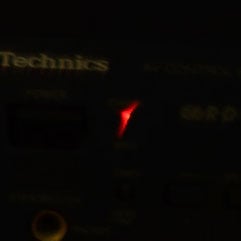 | 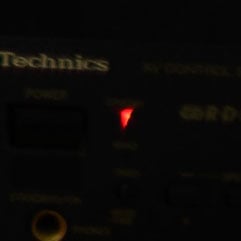 | 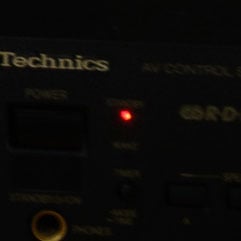 |
f1.8, 100 ISO | f2.8, 100 ISO | f5.6, 100 ISO |
|
Behaviour in contra-light
The image on the right shows a sequence of shots against a strong light-source shining directly into the lens but still outside the image circle of a FX-body. It shows how well the lens copes under these adverse conditions wide open and stopped down to f2.8 and f5.6.
Some lenses simply produce lower contrast when closing the aperture, although that should minimize stray-light in the lens. But unfortunately the reflections from the aperture itself sometimes cause some veiling glare.
You can judge the effect if you look at the shadows at the lower left of the camera body and the mounting-plate. The shadows are already pretty good at f1.8 and become only a little when stopping down to f2.8. At f5.6 shadows get a little lighter but nothing too dramatic. In this respect the lens performs quite well, probably due to the Nano-coating.
Nikon AF-S 28mm f1.8G sample images gallery
The following images were taken with the Nikon AF-S 28/1.8G on a D800. Each image was recorded in RAW and converted with Lightroom 4 at Adobe Standard settings. Noise-reduction is set to 0, sharpening to 70/0.5/36/10, no extra tone, color, or saturation-adjustment was used. Some images have White Balance set to a standard daylight value to make them comparable. You can click on each image to access the large original. Please respect our copyright and only use those images for personal use.
The first image shows what you can achieve in a typical landscape situation. Focus was acquired at f1.8 and not optimized for other apertures.
| Unremarkables: Infinity shot with Nikon Nikkor 28/1.8G on a D800 | ||||
| f5.6, 100 ISO; Below: 100% crops from main image at different apertures | ||||
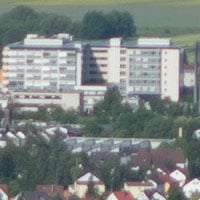 | 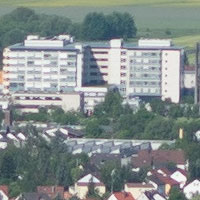 | 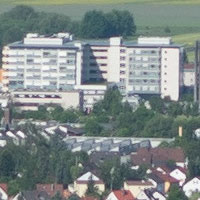 | ||
f1.8, 100 ISO | f2.8, 100 ISO | f4.0, 100 ISO | ||
The next row shows 100% crops from the right border. Apart from vignetting at f1.8 the performance is pretty astonishing!
| Unremarkables: border performance with Nikon Nikkor 28/1.8G on a D800, 100% crops | ||||
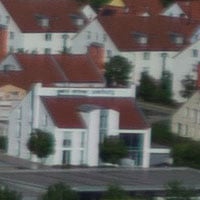 | 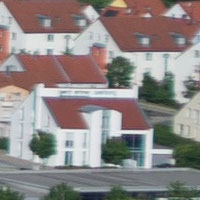 | 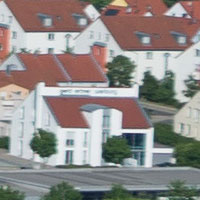 | ||
f1.8, 100 ISO | f2.8, 100 ISO | f4.0, 100 ISO | ||
The second shot should give you an impression of the bokeh that this lens can produce wide open. The 50% crops are from the foreground, the sharpest point, and the background in the overall image and should demonstrate the very smooth rendering of out-of-focus elements. This is a very impressive performance for a wide-angle lens and is even slightly better in the background than the mighty 35/1.4G.
| Flowers: bokeh shot with Nikon Nikkor 28/1.8G on a D800 | ||||
| Main image and all crops: f1.8, 100 ISO | ||||
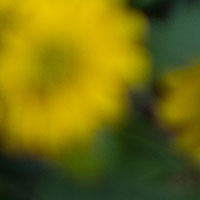 |  | 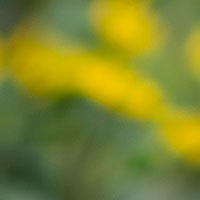 | ||
50% crop from foreground | 50% crop from center | 50% crop from background | ||
Check out more Nikon AF-S 28mm f1.8G sample images.
Focus and build quality
Focus accuracy and repeatability is especially critical for large aperture prime lenses with their shallow depth of field. Repeatability (the accuracy of focus on the same subject after repeated focus-acquisition) is excellent with no outliers over a series of 20 shots although there is a slight focus-difference when the lens comes from infinity vs minimum focus distance. The lens focuses reasonably fast: around 0.7 sec from infinity to 0.25m.
The focus ring of the 1.8G turns approximately 95 degrees from infinity to MFD. This throw should be good enough for manual focusing (in live-view), but unfortunately there is almost 2 mm of hysteresis/slack/play between the focus-ring and the focus-action, which makes accurate focus under critical conditions pretty hard. The movement of the focus-ring is not very smooth but AF-operation is quiet. In general the impression of build quality of this lens is cheaper than its price tag suggests: A plastic construction combined with a weather sealed metal lens-mount, and seven rounded aperture blades. In comparison to the Nikon AF-S 35mm f/1.4G it feels flimsy.
But overall the latest Nikon Nikkor AF-S 28mm f/1.8G delivers a pretty good performance, which only leaves me to share a further selection of Nikon AF-S 28mm f/1.8G sample images before wrapping things up in my Nikon AF-S 28mm f/1.8G verdict.
